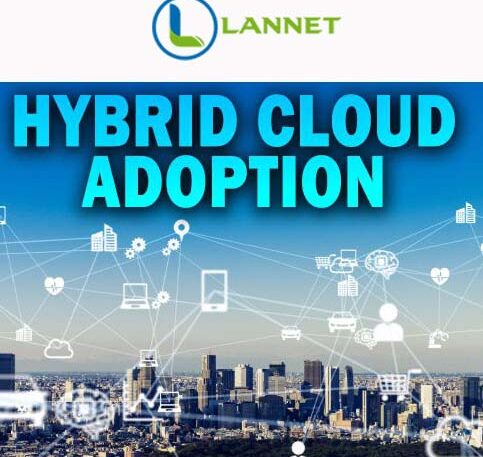Introduction
As businesses increasingly migrate their operations to the cloud, the hybrid cloud model has emerged as a strategic and flexible solution. This blog explores the concept of the hybrid cloud and its role in providing a smooth transition for organizations adopting cloud technologies. We’ll delve into the advantages, implementation strategies, and key considerations that make the hybrid cloud an attractive choice for businesses seeking a balanced and efficient cloud adoption journey.
1. Understanding the Hybrid Cloud:
Define the hybrid cloud model, which combines on-premises infrastructure with public and private cloud environments. This approach allows businesses to leverage the benefits of both worlds, maintaining some control over critical data and applications while utilizing the scalability and accessibility of the cloud.
2. Advantages of the Hybrid Cloud:
Explore the key advantages that make the hybrid cloud a compelling choice for organizations:
Flexibility and Scalability: The hybrid cloud allows businesses to scale resources up or down based on demand while maintaining critical operations on-premises.
Cost Efficiency: By utilizing cloud resources only when needed, businesses can optimize costs and avoid over-provisioning.
Data Security and Compliance: Critical data can be kept on-premises, addressing security and compliance concerns while non-sensitive workloads can benefit from the cloud’s capabilities.
Disaster Recovery and Business Continuity: The hybrid cloud facilitates robust disaster recovery and business continuity strategies by combining on-premises and cloud-based backup solutions.
3. Implementation Strategies:
Discuss practical strategies for implementing a hybrid cloud model:
Assessment and Planning: Evaluate existing infrastructure, applications, and data to identify components suitable for migration to the cloud. Develop a comprehensive plan that aligns with business objectives.
Integration and Interoperability: Ensure seamless integration between on-premises and cloud environments. Choose tools and platforms that support interoperability for smooth data and workload transfer.
Security Measures: Implement robust security measures to protect data and applications in both on-premises and cloud environments. Utilize encryption, access controls, and monitoring tools to enhance security.
4. Key Considerations:
Highlight important considerations when adopting a hybrid cloud approach:
Data Governance: Define clear data governance policies to manage and protect data consistently across hybrid environments.
Compliance Requirements: Ensure compliance with industry regulations and standards, considering the location of data and specific compliance requirements.
Vendor Selection: Choose cloud service providers that align with your business needs and offer reliable services. Consider factors such as performance, support, and pricing.
5. Case Studies and Success Stories:
Include real-world examples of businesses that have successfully implemented a hybrid cloud model. Showcase the challenges they faced, the solutions implemented, and the positive outcomes achieved through the hybrid approach.
Conclusion
Conclude the blog by summarizing the benefits of the hybrid cloud in providing a smooth and flexible transition to cloud adoption. Emphasize that the hybrid cloud is a strategic choice for businesses seeking a balanced approach to leverage the advantages of both on-premises infrastructure and cloud technologies.





